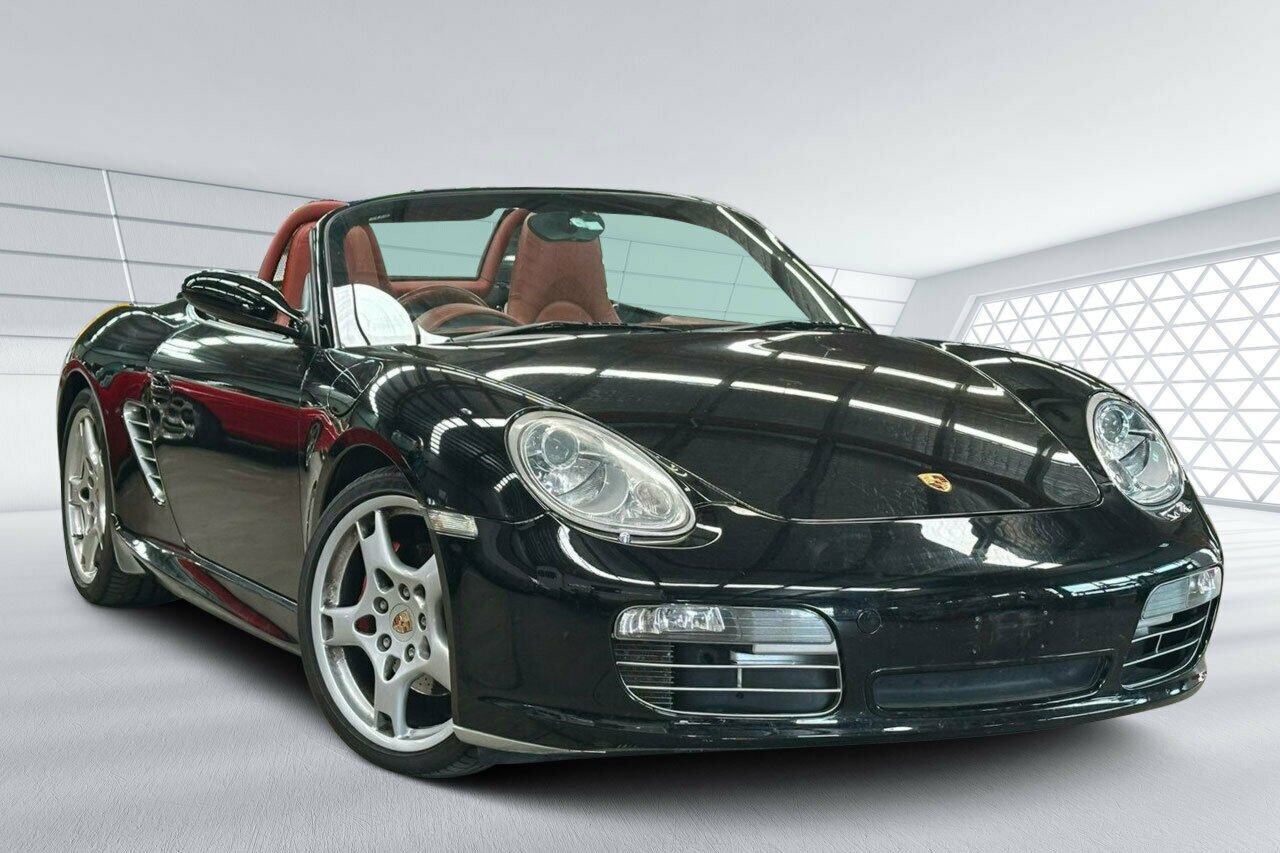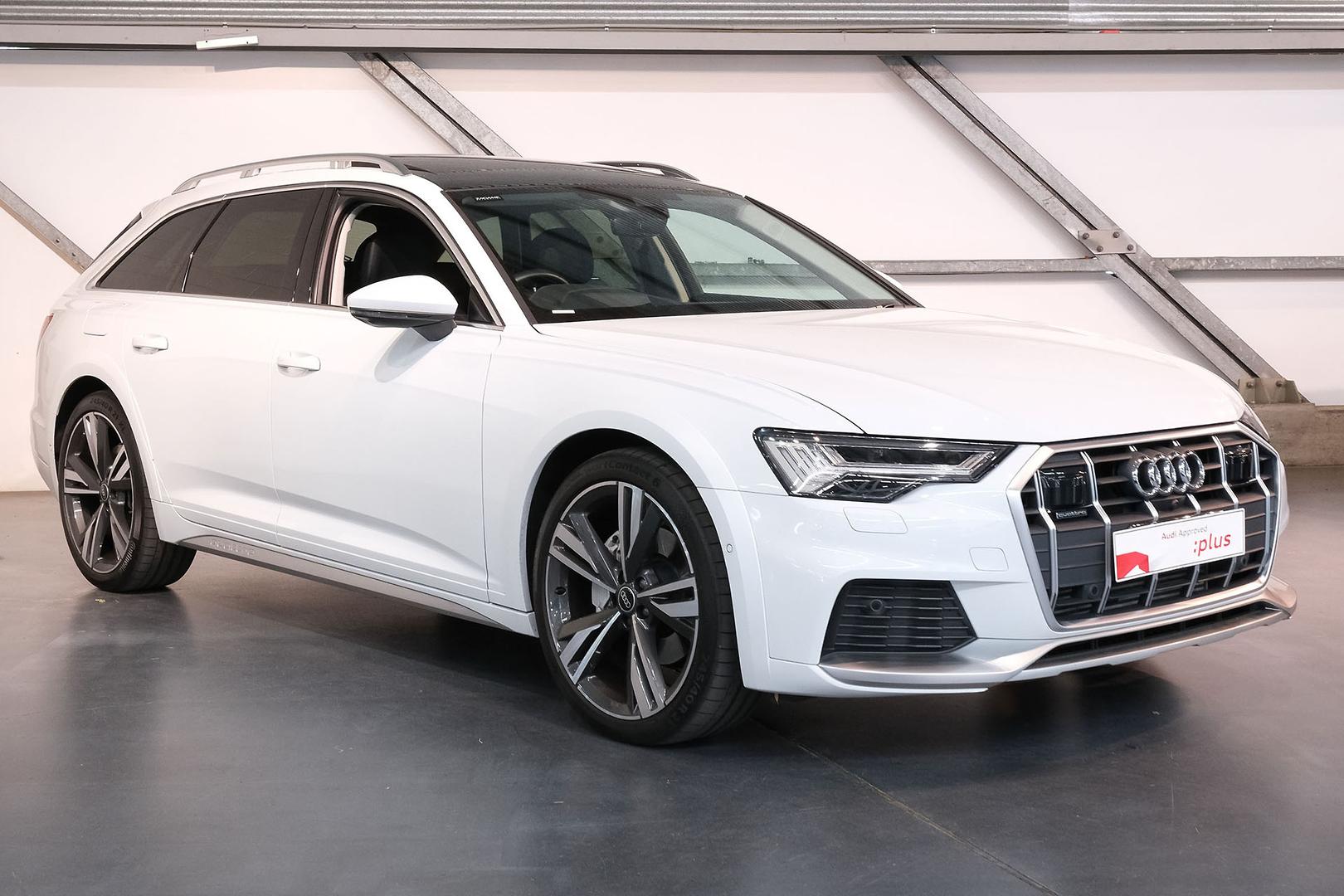Austin-Healey 100 gets restomod treatment
A new luxury British brand has been launched and the first product from that brand is a modernised version of the Austin-Healey 100, the first 'Big Healey', built using original engine and chassis components, but upgraded in key areas, including braking and suspension.

The new firm, called ‘Caton,’ is an offshoot of Envisage Group, a UK engineering company that has been involved with bespoke vehicle builds and short-run special projects for other manufacturers, including Jaguar, Bentley and David Brown Automotive, over the past decade.
Taking its name from an amalgam of the parent company Cattrell Hudson, Caton is building its own car and has chosen the Austin-Healey 100 as its first release.

Interestingly, Caton don’t describe themselves as a car brand, rather a “luxury British brand” that plan to release a variety of products - not just cars - that demonstrate luxury British craftsmanship.
“Caton will stand for the best in British coachbuilding and is the vision of our [Envisage Group’s] investors,” said Tim Strafford, CEO of Caton’s strategic vehicle building partner, Envisage Group.
“We decided that the first product by Caton had to be creative, stand-out in the marketplace, appeal to a global audience, and it was a natural step that we chose to put our Caton mark on a Healey 100.”

BN1 Base
As to why the Austin-Healey 100 BN1 was selected for Caton’s debut vehicular offering, the team describe themselves as advocates of Donald Healey’s work, and with their Coventry HQ located just a few miles away from the former Healey works in Warwick, there’s a geographical link, too.
The original BN1 was produced from 1953 until 1955, when it was replaced with the upgraded BN2 before the six-cylinder 100-Six arrived in 1956, then the 3000 in 1959.

Based on mechanical components from the Austin A90 Atlantic, including that model’s 2.7-litre four-cylinder engine and four-speed manual gearbox (modified into a three-speed with overdrive), the original Austin-Healey 100 was built around inner steel panels welded to a box section chassis, so it was essentially a monocoque.
Basic in terms of spec, with a leaf spring rear and drum brakes all round, the 100 BN1 was nevertheless stylish and sporty for its time, with a top speed of 100mph (160km/h), which led to the ‘100’ name, and a 0-100km/h time of around 11 seconds.

While the modernised “Healey by Caton” will use genuine BN1s as a base and retain much the same look as the original, they will be modified in several areas, including new reworked panels, modern disc brakes, improved suspension, an upgraded engine and new transmission.
“Donald Healey got so much right when he designed the car originally. We wanted to pay homage to the original vehicle while making it more comfortable to live with, more fun to drive and even more dynamic and beautiful to look at,” said Darryl Scriven, who led the Healey by Caton’s design.

Tweaks and Turns
In terms of the Healey by Caton’s exterior, the most noticable difference between it and an original BN1 is the grille. It’s still an inverted trapezium, but subtly reshaped and with thicker grille bars.

Front and rear bumpers have been deleted, in the style of the Austin-Healey 100S that was released in 1955 as a competition model, but on the Healey by Caton, the front valance has been extended. The outside door handles have been removed, as have the boot handle and external boot hinges, replaced with a keyed internal release mechanism and internal hinges.

On the flanks, there’s a larger air vent and redesigned finisher, while subtler changes include remodelled headlight buckets (now housing LED lights with DRLs), a reshaped bonnet, slightly fuller and deeper rear quarter panels, along with the removal of all seams and beading on the panels themselves.

In most cases, this will require all-new aluminium panels to be formed, but the underlying structure remains. That original structure has been strengthened and modified in key areas to reduce known weak spots and prevent rust.
Overall, Caton say their Healey remains true to the original BN1’s DNA, but benefits from modern technologies, including 3D scanning and CNC machining.

Engine Makeover, New Transmission
Powering the Healey by Caton will be an engine based heavily on the 2.7-litre Austin four fitted to the original 100, but enlarged to 3.0-litre capacity and modernised in several areas.
An original engine block is stripped, lightened and balanced before being fitted with a full steel crankshaft, upgraded bearing shells, a race-spec camshaft, roller rockers, larger dual carburettors, a racing-style side-exit exhaust and upgraded cooling system.
The result is claimed maximum outputs of 185hp and 195lb/ft (138kW and 260Nm) – a significant upgrade over the original BN1’s 90hp (67kW) maximum.

While Caton undertake most of the Healey’s modification work themselves, the engine upgrade will be farmed out to specialists J.M.E. Healeys, who are experts on the model and have produced their own “Cape Works” 100 BN1 upgrade in the past.
To match the overhauled and enlarged engine, the original three-speed manual transmission has been replaced with a “highly proven” five-speed manual, which will be the only transmission offered.
In addition to the extra ratios, the modern five-speed is lighter and more compact than the old A90 four/three-speed, allowing for more interior space.

Improved Interior
A narrower transmission tunnel and repositioned shifter has resulted in improved width for the Healey by Caton’s two occupants, while the reshaped body has produced more cabin length to comfortably accommodate 6-footers, according to Caton. A modern AP Racing pedal box contributes to the improved interior space, too.

With no convertible top or even a tonneau cover offered, the Healey by Caton will be a pure roadster, potentially limiting its appeal, but the decision to delete these items, along with other amenities like a heater, radio and infotainment screen, are part of the pure driving experience that this car will offer.
Some compensation for the lack of weather protection comes in the form of a slightly taller fixed windscreen that includes partial side screens in the doors.

That pure experience also means there’s no power-assisted steering and the original 100 BN1’s independent front and leaf spring rear suspension configuration remains, but is modernised with new componentry and custom front and rear anti-roll bars. As with the engine, the Healey by Caton’s suspension set-up and steering will be optimised by J.M.E. Healeys.
Caton state that no electronic traction or stability control will be offered, and while the drum brakes are upgraded to discs all round (with four-piston calipers at the front and three-piston at the rear), there’s no mention of ABS, so assume that’s off the spec list, too.

The interior is trimmed in ‘shrink- optiomised' leather for the dash, doorcards and transmission tunnel, with natural leather used for the seats and premium floor carpeting.
Gauges are analogue and the steering wheel is of the classic woodrim type, but a pair of USB ports for charging mobile devices are included.

Limited Edition
Only 25 units of the Healey by Caton will be built, with Caton offering a tailored experience for each customer that includes one-on-one attention and regular tours of the Coventry factory to follow the build of their car.
While each car will have a common mechanical spec, customers will be able to select their own paint and trim, as well as other minor details, like swapping out the standard Borrani wire wheels, for example.
“It will be our privilege to collaborate with Caton’s customers to specify their car to their exact requirements, whether they choose to visit in person or liaise from anywhere across the globe,” Caton’s Stafford says.
“No two examples of the Healey by Caton will be the same, but each will be of exceptional beauty and built to the highest possible OEM levels of quality. Each will represent a true reincarnation of the iconic Austin-Healey 100 sports car utterly fitting for the modern age.”

Overseas reports state that each Healey by Caton will cost £474,000 (AU825,000 approx.) in standard form, including the donor car, with the level of personalisation requested upping the price accordingly.
The first Healey by Caton made its public debut in London in April, with plans to take the car around the UK this year, followed by international events in 2023.













